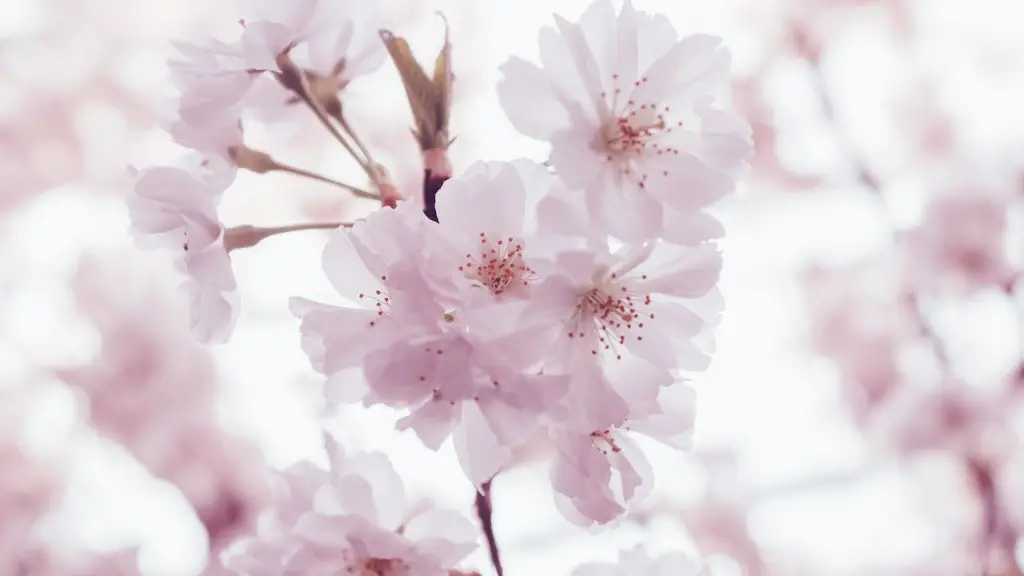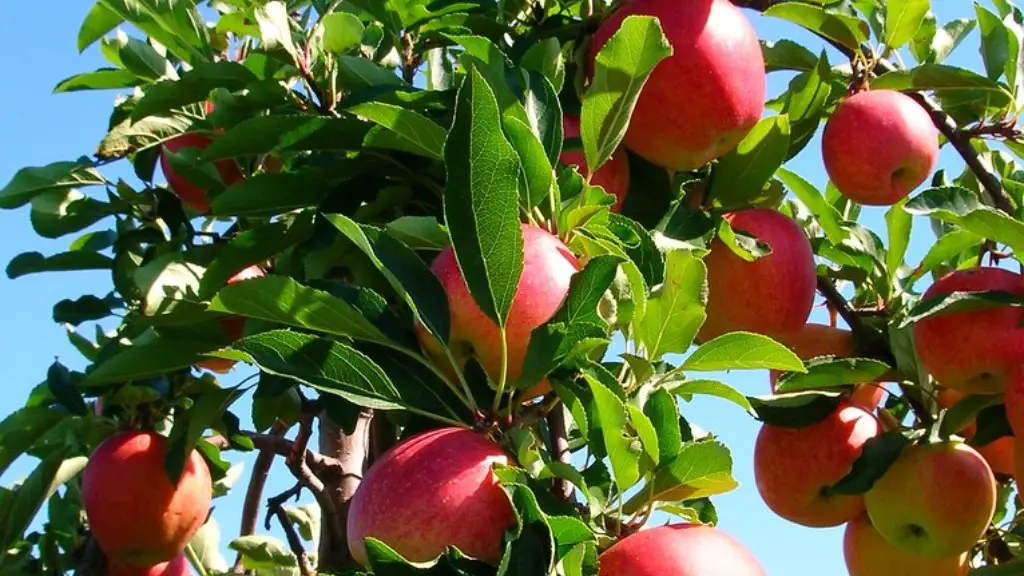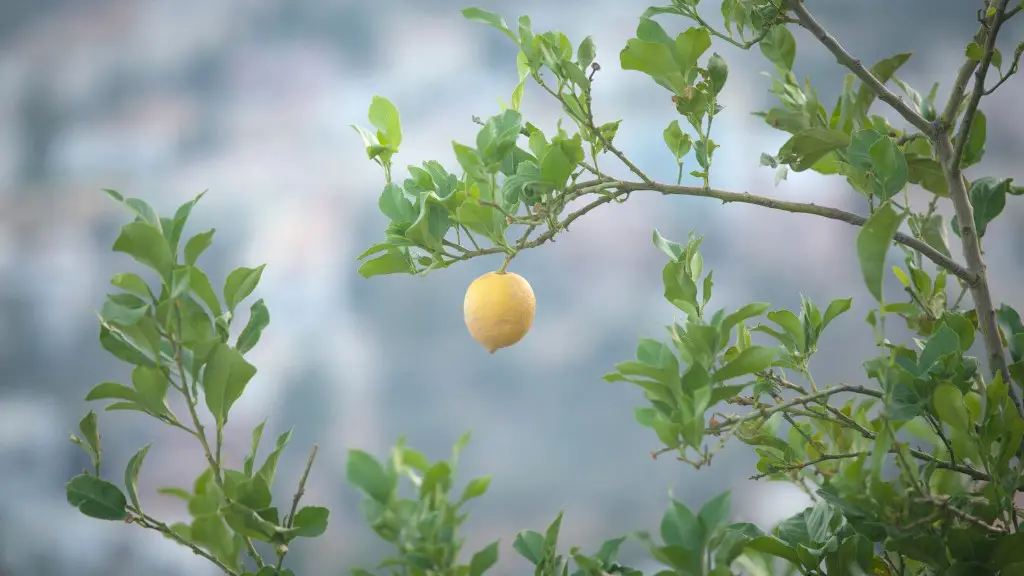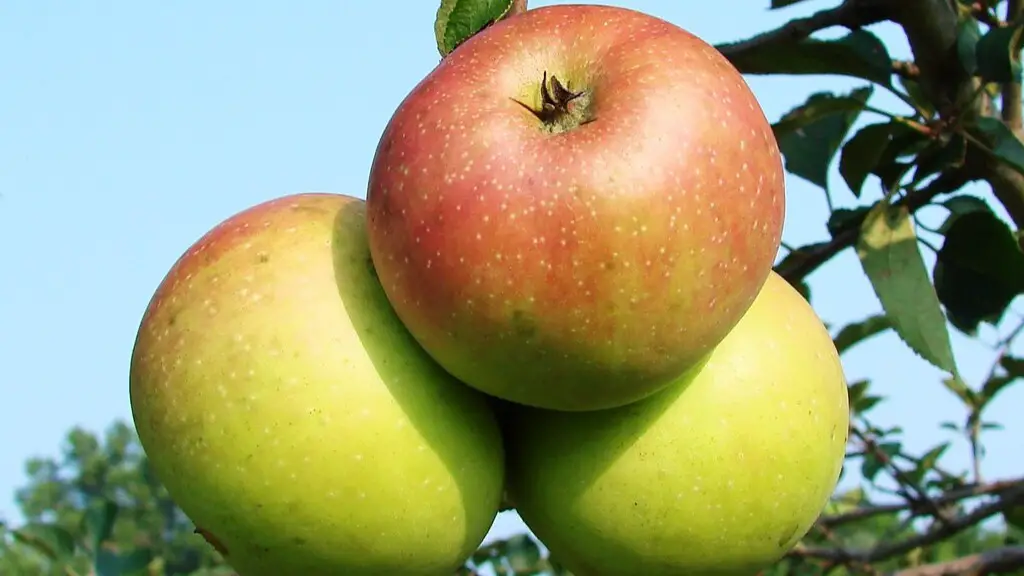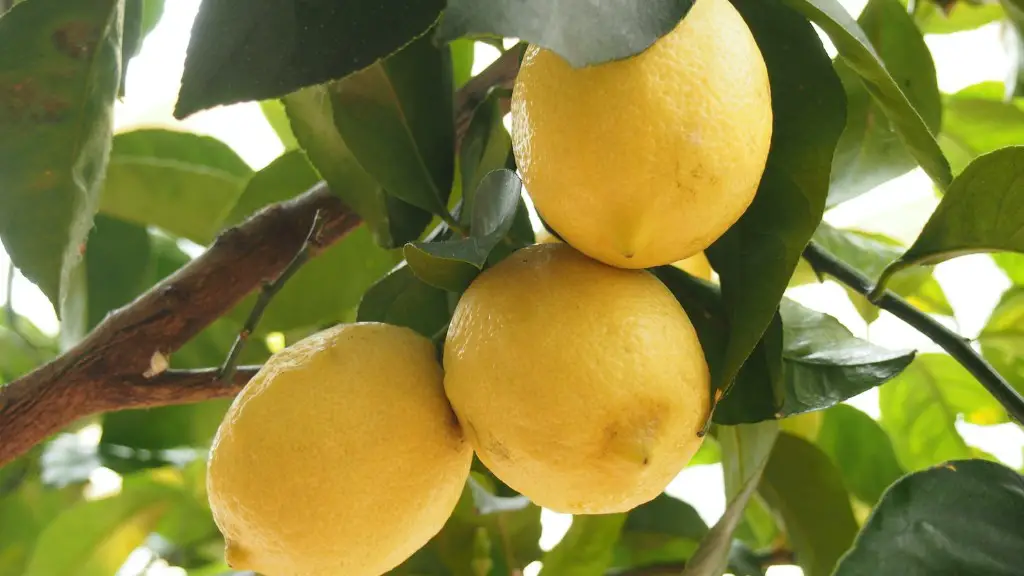When it comes to flowering cherry trees, it is often difficult to know which species is best for a particular garden. Cherry trees come in a variety of sizes, shapes, and flowering times, so it is important for gardeners to consider their soil type, climate, and budget when selecting a flowering cherry tree.
Some of the more popular species of flowering cherry tree include the Yoshino cherry, the Kwanzan cherry, and the Sargent cherry tree. All three of these species produce showy, fragrant flowers and are among the most popular flowering cherry trees. However, each species has its own distinct characteristics.
For those who wish to bring a touch of nature to their garden, Yoshino cherry trees are an excellent choice. They have the most prolific blooms, with an explosion of fragrant, delicate pink flowers appearing each spring. These particular flowering cherry trees can be expected to reach up to 30 feet in height, with a similar spread. They require moderate levels of water and prefer slightly acidic soil. It is important to note that these cherry trees are susceptible to pests, so proper pest control is an absolute must.
Kwanzan cherry trees are a popular species due to their large, vibrant blossoms in shades of pink and white. These flowering cherry trees reach between 25 and 35 feet in height and many can be purchased as dwarf varieties. They prefer well-drained soil, but can tolerate a wide range of temperatures and climates. Kwanzan cherry trees can be especially lovely in gardens with a lot of sun or in gardens with limited space since they are one of the shorter species.
The Sargent cherry tree is another popular choice. This species of flowering cherry tree has an impressive display of large, semi-double to fully double white flowers with pink edges. It can reach up to 25 feet in height and also prefers well-drained soil. Sargent cherry trees are known for their drought and cold resistance, making them a great choice for those in sunny, dry climates.
When deciding which species of flowering cherry tree is best for a particular garden, it is important to consider the climate, size, and water needs of the area. All species of cherry trees have their own unique characteristics that must be taken into account before making a purchase.
Spring Blossoms
No matter which kind of flowering cherry tree one chooses, it is difficult to deny the beauty of the blossoms that appear each spring. From the vibrant pinks and whites of the Kwanzan cherry trees to the delicate pink hues of the Yoshino cherry trees, the sight of these blooms is a sight to behold.
These blossoms not only bring vibrant color to the garden, but they also provide sweet nectar for pollinators such as bees and butterflies. This nectar can be especially important for bees in the early spring, when food is scarce. Not only will the flowers provide forage for pollinators, but they will also attract birds, making a flowering cherry tree an excellent addition to any garden.
Flowering cherry trees can also add seasonal interest to a garden. Not only are these trees beautiful and fragrant in the summer, but they are also a source of vivid red fall foliage and fruit. These fruiting cherries, while not edible and sour in taste, are attractive to birds who feed on them throughout the winter months.
Watering and Care
Cherry trees require very little care or maintenance to thrive, though they should be pruned regularly to promote healthy growth. It is important to water cherry trees deeply and evenly, and mulch should be added to help conserve moisture and protect the roots from heat. fertilization is not necessary, but can be beneficial if done sparingly.
It is important to note that cherry trees are susceptible to pests and diseases, so it is best to inspect them regularly for signs of damage. Keeping an eye out for signs of distress such as leaf discoloration, wilting, and pest infestations can help individuals prevent or address any pest or disease issues early on.
The most important thing to remember when caring for a flowering cherry tree is that they need plenty of sun. Placing them in an area with full sun will ensure they receive the sunlight they need to thrive.
Pruning
Pruning a flowering cherry tree can help it stay healthy and promote thriving blooms each spring. It is best to prune cherry trees in the fall when they are dormant, though any dead or diseased branches should be removed right away. Proper pruning can help maintain the size and shape of the tree, while also helping to promote flowering and fruiting.
When pruning, individuals should keep in mind that cherry trees flower on the previous year’s wood, so it is important to avoid pruning too much of the tree each year. It is best for gardeners to remove no more than a quarter of the leaves each year during pruning season.
Pest and Disease Control
As already stated, cherry trees are prone to pests and diseases. It is important to inspect the tree regularly for signs of distress, and any dead branches or leaves should be removed immediately. If pest or disease damage is noticed, it is important to take action right away.
For pest control, it may be beneficial to purchase an insecticidal soap or botanical oil and apply it directly to the affected areas of the tree. For disease control, if the damage is severe it may be necessary to remove the entire tree. If possible, it may be beneficial to consider grafting a new tree onto the existing roots.
Location
When selecting a flowering cherry tree, it is important to consider the location of the tree. Cherry trees prefer slightly acidic soils and plenty of direct sunlight, so it is important to pick a location that meets these requirements. If planting more than one tree, it is important to place them at least 15 feet apart in order to allow for adequate spacing.
It is a good idea to plant a cherry tree in an area that is sheltered from strong winds, as these can blow away the fragrant blooms. Additionally, when planting in an area that is prone to flooding, it is important to take steps to ensure that the soil will be able to drain properly.
Bare Root Vs. Container Grown Trees
When purchasing a flowering cherry tree, it is important to decide if one wants to purchase a container grown or bare root tree. Container grown trees are easier to transport, though they are typically more expensive. Bare root trees are often less expensive, but they may require additional care to ensure they thrive.
When purchasing a bare root tree, it is important to ensure that the roots are in good condition and not too dry or dehydrated. The roots should be soaked in a bucket of water overnight before planting, and the soil should be amended with compost or other organic material to help the tree take root.
No matter which type of tree is chosen, it is important to take the time to properly prepare the area before planting. This includes digging a hole large enough to accommodate the roots of the tree and adding organic matter to the soil.
